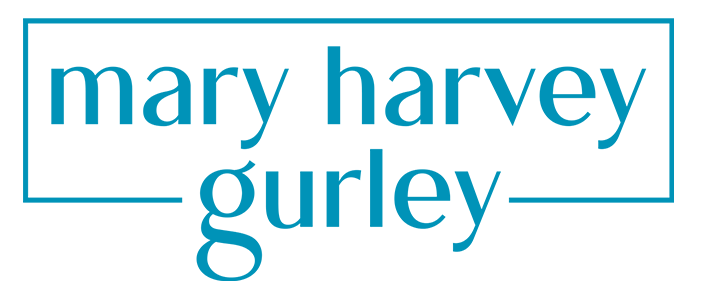Attract Pollinators to Your Garden
Spring is my favorite season. I love watching nature spring to life after a long winter. Each year, as I plan my garden, I always plant it to attract pollinators. I live in Zone 7, and our last historical frost date is around April 15. As I count down the days until it’s safe to plant, I plan this year’s gardens. I focus on plants that will attract bees, butterflies, and hummingbirds. My next focus is on my herb garden and planting tomatoes. I have limited garden space and must use my space best.
I created an outdoor studio for my photography outside my breakfast room. I have my feeders, a bird bath, and various plants that attract various pollinators.
Pollinators, such as bees, butterflies, and hummingbirds, are essential for maintaining healthy ecosystems and producing the fruits, vegetables, and flowers we love. By planting a diverse array of pollinator-attracting plants, you can create a beautiful haven that supports these vital creatures.
Pollinators play a crucial role in maintaining the health and diversity of our ecosystems.
By pollinating flowers, these tiny creatures help plants reproduce, ensuring the production of fruits, vegetables, and seeds that feed countless animals, including humans. To support these essential creatures, let’s explore some of the top pollinator-friendly plants you can include in your garden this season. Stay tuned for our list of must-have plants that will attract pollinators and add beauty and charm to your outdoor space.
Ten tips to attract birds and pollinators to your garden
- Native Plants: Use native plants as much as possible. These are the plants that local birds and pollinators adapt to, and they’ll provide the best resources.
- Variety: Include various plants to attract diverse birds and pollinators. Different species are attracted to different types of flowers, seeds, and berries.
- Year-Round Blooms: Ensure you have plants that bloom at different times of the year. This ensures a continuous food source for your visiting creatures.
- Water Source: Birds need fresh water for drinking and bathing. Install a bird bath or even a simple shallow dish. Remember to change the water regularly.
- Shelter: Birds need safe places to nest and hide from predators. Trees, shrubs, and birdhouses can provide this needed shelter.
- Avoid Pesticides: Many pesticides can harm birds and beneficial insects. Instead, use natural pest control methods and let your bird and insect visitors do the pest control for you.
- Feeding Stations: In addition to plants, consider installing bird feeders. Fill them with seeds, nuts, and suet to attract various birds.
- Plant Structure: Diverse plant heights and structures (e.g., trees, shrubs, tall flowers, and ground covers) can provide different habitat types and food for various species.
- Create a Butterfly & Bee Friendly Habitat: Provide a small patch of bare ground or a “bee hotel” for native bees, many of whom nest in the ground or hollow stems. Butterflies need sunny, protected places to bask and warm up.
- Patience: Building a garden that attracts birds and pollinators can take time. Don’t be discouraged if they don’t show up right away. Over time, as you add more plants and features to your garden, you’ll see more activity.
Top 12 plants that attract pollinators to your garden
- Butterfly Bush (Buddleia davidii) – Butterflies
- Coneflower (Echinacea purpurea) – Bees, Butterflies
- Black-Eyed Susan (Rudbeckia hirta) – Bees, Butterflies
- Bee Balm (Monarda didyma) – Bees, Butterflies, Hummingbirds
- Salvia (Salvia spp.) – Bees, Butterflies, Hummingbirds
- Trumpet Vine (Campsis radicans) – Hummingbirds
- Joe Pye Weed (Eutrochium purpureum) – Butterflies
- Milkweed (Asclepias syriaca) – Monarch Butterflies
- Aster (Aster spp.) – Bees, Butterflies
- Zinnia (Zinnia elegans) – Butterflies, Hummingbirds
- Phlox (Phlox paniculata) – Butterflies
- Lantana (Lantana camara) – Butterflies

